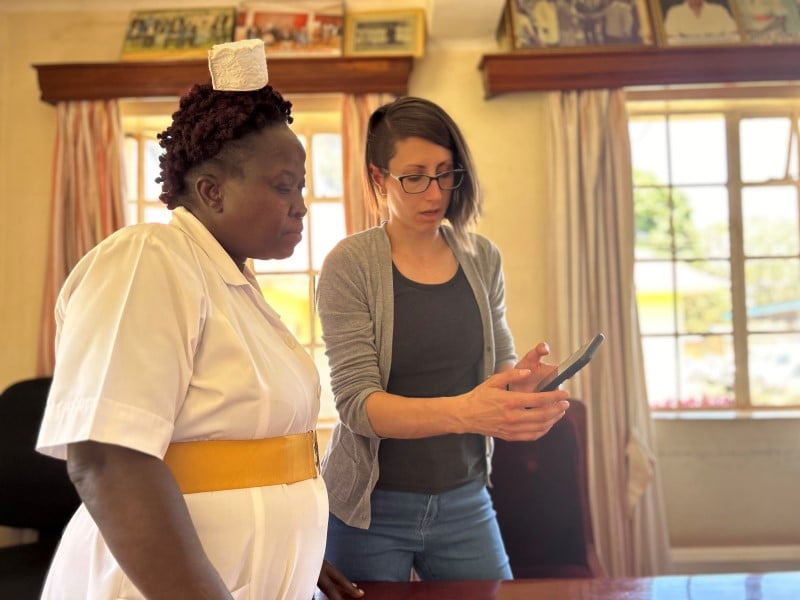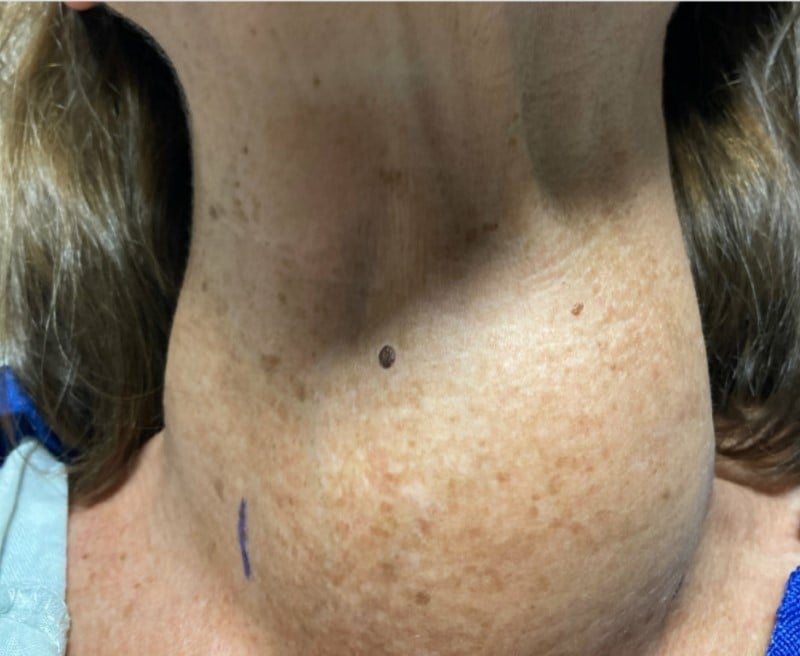The Benefits of Compressions-Only CPR
Rich Dowd, MSIII, Ohio University Heritage College of Osteopathic Medicine - Dublin
EMRA MSC Great Lakes Regional Representative, 2019-20
Cardiopulmonary resuscitation (CPR) is something we are all familiar with as physicians-in-training. Medical students across the country are required to complete a course in Basic Life Support (BLS) prior to working with patients, and many of us have put that training to use on the wards or elsewhere. While understanding of BLS skills is lacking among the general population, individuals do not need to be BLS-certified to help save a life. In fact, the American Heart Association’s (AHA) current recommendation for lay bystander CPR is very simple: perform compressions only. Unfortunately, as few as one in six people know that compressions-only CPR is the preferred technique for lay bystanders and even fewer know the proper rate of compressions (100-120 beats per minute), according to a recent Cleveland Clinic survey. There is a definite need for greater outreach to improve understanding of lay responder care of cardiac arrest.[1] Here, I will outline the importance of such outreach efforts and how we can make a difference as medical students.
Why do we care?
More than 300,000 people suffer an out-of-hospital cardiac arrest (OHCA) in the United States each year and of those, less than half receive CPR prior to the arrival of EMS.[2] OHCA survival rates average 5-10% nationally but there is considerable variation by region.[3] Seattle, for example, has some of the highest OHCA survival rates in the world, approaching 20%. Dr. Graham Nichol, Director for Pre-hospital Emergency Care at UW/Harborview Medical Center, points to higher rates of bystander CPR in Seattle as one of the main factors contributing to this discrepancy.[4] While survival rates increasing from 5-10% to 20% may still seem a discouragingly low figure, if this improvement were applied nationwide it could result in an additional 30,000 lives saved each year.
Why compressions-only?
First, by simplifying the procedure, we increase the likelihood that bystanders will take action. In one Swedish study, CPR rates improved from 40.8% to 68.2% after the introduction and promotion of the compressions-only technique.[5] Second, it’s been shown that survival rates after both standard CPR and compressions-only CPR are similar (double that of no CPR) in the brief period prior to EMS arrival.[5] This is due to the fact that there is a relative reserve of oxygenated blood that can supply tissue in the five or so minutes it takes for EMS to arrive. Furthermore, cardiac arrest in teenagers and adults is most commonly primary cardiac arrest (i.e. cardiac in origin), so the most important component of traditional CPR in this population is compressions. Importantly, cardiac arrest in young children is likely secondary to respiratory failure so traditional CPR with rescue breaths is still indicated in this population.
How to get involved
There are many ways to teach this basic technique to the public. One initiative that specifically supports medical students in this endeavor is Two Step CPR. As the name implies, Two Step’s approach is to teach bystander CPR via two simple steps: call 911 and begin compressions-only CPR by pushing hard and fast in the center of the chest. It is a medical student-led organization so they are adept at helping students gain access to teaching opportunities, securing supplies (mannequins, brochures, t-shirts, etc), and promoting your events. Their primary event occurs on the weekends surrounding Valentine’s Day where they put on a CPR “blitz” and hold CPR events across the country. Last year’s event saw close to 10,000 bystanders taught by 700 medical students nationwide.
Outside of Two Step CPR, your local AHA branch is a great place to get involved as they have a robust bystander-CPR campaign as well. Here in Central Ohio, the AHA Chapter will frequently be asked to teach CPR at corporate events or schools and they are always happy to have students involved. If all else fails, your school and/or your local fire department almost always have CPR mannequins that they are willing to lend.
Tips for making it stick
- Keep it simple! This is not meant to replace BLS training. The idea is to provide the non-medical lay bystander with the absolute basics to feel confident enough to act in the setting of a witnessed OHCA.
- Reassure! The most commonly cited reason for not initiating CPR is the fear of causing further harm to the patient.[6] Remind your students that in the case of OHCA, the patient’s heart has stopped beating and they are essentially already dead. Thus, reassuring them that they can’t make the situation worse by at least attempting compressions. Furthermore, there are Good Samaritan laws in place in all 50 states which provide legal protection to anyone attempting to help someone in distress.
- Reinforce good technique. Place the heel of your palm in the center of the chest with your other hand overlying. Lock elbows to keep arms straight. Wrist, elbow, and shoulder should be in a straight line above and perpendicular to the patient’s chest. Remember to keep arms straight throughout and push using hips, back, and body weight.
- Play some tunes! It’s hard to match the 100-120 bpm rate without some help. The Bee Gees’ “Stayin’ Alive” is the gold standard but for some variety and for the morale of all involved, feel free to mix it up with some other bangers or just check out the AHA’s pre-made playlist of songs with a beat between 100-120 bpm.
Cardiac arrest is often a deadly event but it does not always have to be. We know that bystander CPR can more than double the chance of survival of such an event but many are deterred from taking action due to a lack of technical knowledge, lack of confidence, or fear of doing more harm than good. As medical students, we have more than enough training and expertise to do something about this at the community level.
References
- Brady W, Mattu A, Slovis C. Lay Responder Care for an Adult with Out-of-Hospital Cardiac Arrest. N Engl J Med. 2019 Dec; 381: 2242-2251.
- Benjamin E, Muntner P, Alonso A, et al. Heart Disease and Stroke Statistics—2019 Update: A Report From the American Heart Association. Circulation. 2019 Jan;139:e56-e528.
- Girotra S, van Diepen S, Nallamothu B, et al. Regional Variation in Out-of-Hospital Cardiac Arrest Survival in the United States. Circulation. 2016 Apr;133:2159-2168.
- CPR Survival Rates Can Differ Greatly by City. The New York Times. https://www.nytimes.com/2015/12/08/health/cpr-survival-rates-can-differ-greatly-by-city.html. Accessed November 17, 2019.
- Riva G, Ringh M, Jonsson M, et al. Survival in Out-of-Hospital Cardiac Arrest After Standard Cardiopulmonary Resuscitation or Chest Compressions Only Before Arrival of Emergency Medical Services. Circulation 2019 Apr;139:2600-2609.
- Becker T, Gul S, Cohen S, et al. Public perception towards bystander cardiopulmonary resuscitation. Emergency Medicine Journal 2019 Aug;36:660-665.
Related Content

Aug 25, 2017
Your Home
The Emergency Medicine Residents' Association EMRA is the voice of emergency medicine physicians-in-training and the future of our specialty and the largest and oldest independent resident organization in the world. EMRA was founded in 1974 and today has a membership over 18,000 residents, medical students, and alumni.

Dec 11, 2024
Empowering Emergency Medicine Clinicians in Low-Resource Settings: Continuing Medical Education on Stick (CMES) Innovations for Global Learning
High-quality CME resources can be difficult to access in many parts of the world. An initiative by Techies Without Borders aims to change that.

Dec 03, 2024
Silent Strangulation: A Unique and Unpredictable Encounter of a Spontaneous Thyroid Hematoma in the Emergency Department
Airway management of expanding neck hematomas can challenge even the most expert of emergency clinicians. Management becomes even more challenging in atypical presentations.




